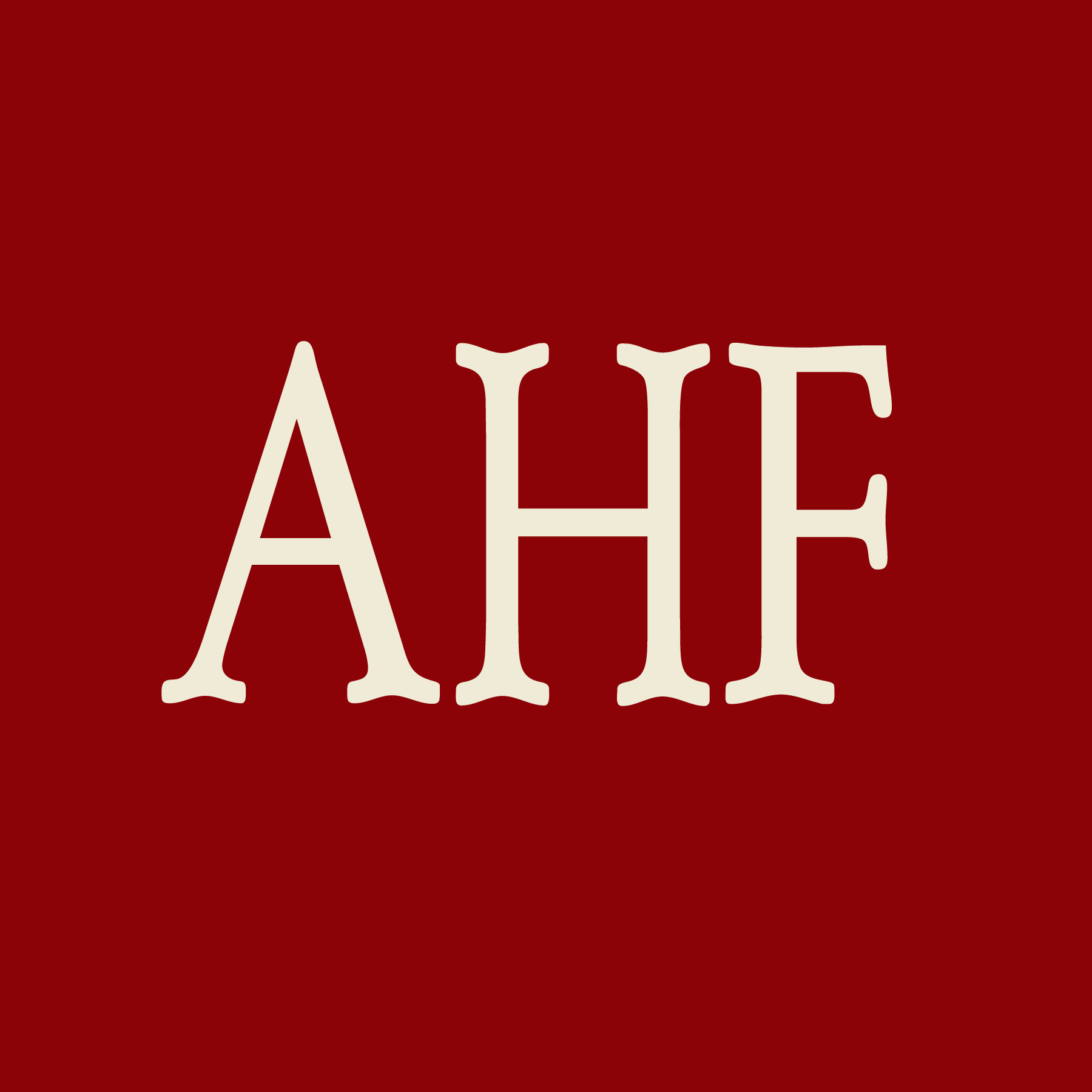In another glaring omission—this time in its 2018 World AIDS Day messaging issued earlier today—the Centers for Disease Control and Prevention neglects to even mention safer sex or condom use as tools for the public to consider and use as part of the CDC’s mission to prevent new HIV infections.
In February 2017, the CDC rolled out High-impact Prevention (HIP), its HIV prevention plan—which includes HIV testing, treatment-as-prevention, needle exchange and PrEP—but NO mention of condoms. In February 2016, the CDC released a forecasting study of its admirable goal to prevent 185,000 new HIV infections by 2020—and also completely failed to mention condom use as a potential tool in that effort.
WASHINGTON (November 30, 2018) AIDS Healthcare Foundation (AHF) today once again sharply criticized the Centers for Disease Control and Prevention (CDC) after it issued a World AIDS Day message promoting HIV prevention and treatment in an email to colleagues in the community under the subject line: “HIV & AIDS in the United States Update: Dear Colleague Letter.”
The 400+ word letter/update on HIV/AIDS and prevention in the U.S. failed to make any mention of safer sex or condom use.
“The Centers for Disease Control and Prevention should be ashamed of itself for failing to take the opportunity to promote safer sex and condom use on the occasion of the thirtieth anniversary of the first World AIDS Day,” said Michael Weinstein, President of AIDS Healthcare Foundation. “Instead of promoting proven, evidence-based interventions such as safer sex education and condom promotion, the CDC issued this mumbo-jumbo statement: “Saving Lives through Leadership and Partnerships”.
This is not the first time the CDC has dropped the ball and failed to promote safer sex and condom use in its HIV prevention missives and messaging.
- In February 2017, the CDC rolled out High-impact Prevention (HIP), its HIV prevention plan—which includes HIV testing, treatment-as-prevention, needle exchange and PrEP—but NO mention of condoms.
- In February 2016 (timed to that year’s Conference on Retroviruses and Opportunistic Infections or CROI), the CDC released a forecasting study of plans to prevent 185,000 new HIV infections by 2020—and completely failed to mention condoms as a potential tool in that effort.
Weinstein added: “The CDC needs to read the World AIDS Day statement from the World Health Organization’s website article ‘Why the HIV Epidemic Is Not Over’ – especially the section on prevention:
“Condoms have been a basic but critical tool in prevention. In many communities of men who have sex with men, and sex workers, awareness-raising meant that the use of condoms became the norm. However, this messaging is not as strongly pushed now, and a new generation is growing up without being fully aware of the benefits of using condoms, and many countries have shortages. The introduction of harm-reduction programmes (including needle and syringe programmes and opioid substitution therapy) in a range of cities in the mid to late 1980s prevented and reversed explosive HIV epidemics …..”
“The CDC really needs to be more careful and inclusive in its statements and policies on HIV and AIDS,” Weinstein concluded.
About AIDS Healthcare Foundation (AHF), the largest global AIDS organization, currently provides medical care and/or services to over one million people in 42 countries worldwide in the US, Africa, Latin America/Caribbean, the Asia/Pacific Region and Eastern Europe. To learn more about AHF, please visit our website: www.aidshealth.org, find us on Facebook: www.facebook.com/aidshealth and follow us on Twitter: @aidshealthcare and Instagram: @aidshealthcare .


